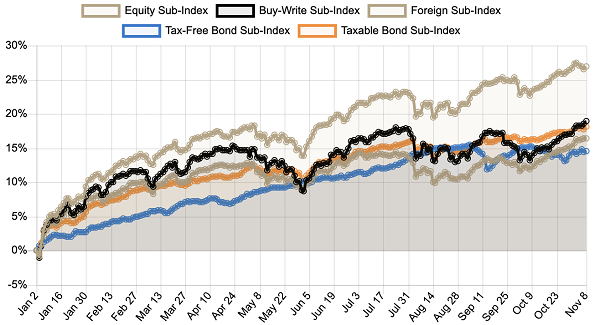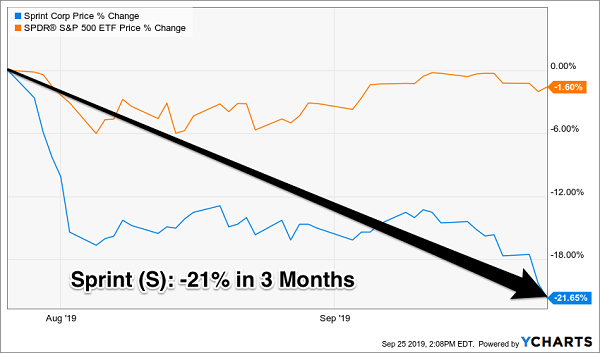There’s one word that strikes utter terror into the hearts of many investors: leverage.
But it really shouldn’t—and today I’m going to show you how to make sure you’re using leverage the right way, while minimizing your risk and reaping the biggest gains you can.
As you probably know, closed-end funds (CEFs) commonly use leverage to amp up their investment returns (and their dividends, which boast an average yield of around 7%). That’s fed their strong gains this year, as the Federal Reserve rolled out three consecutive rate cuts:
CEFs on a Tear
The CEF Insider index tracker has shown double-digit gains across the board, with equity CEFs slightly outperforming the S&P 500’s 26% year-to-date gains.… Read more


Recent Comments